Key Points:
- AST SpaceMobile has demonstrated technology allowing its satellites to communicate directly with stock 4G and 5G cellular phones for voice, text, and data connections.
- AT&T has been a development partner with SpaceMobile since 2018 - and recently signed an agreement to begin commercial deployments.
- Verizon has now jumped on board as well - and will be allowing SpaceMobile to use a portion of its 850 MHz Band 5 spectrum to serve Verizon customers.
- T-Mobile is pursuing a similar strategy in partnership with Starlink - using a sliver of 1.9 GHz LTE Band 2.
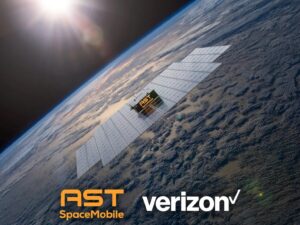
AST SpaceMobile is a leader in developing satellites able to communicate directly with stock cellular phones - promising to eliminate dead zones by building what are essentially orbital cell towers equipped with absolutely massive antennas.
We first reported on SpaceMobile, and the potential partnership with AT&T, way back in 2020.
In the years since - the partnership with AT&T has solidified (AT&T even now holds a seat on the SpaceMobile board), SpaceMobile has launched a gigantic test satellite to demonstrate that it actually can deliver 4G and 5G voice and data from orbit, and now...
Last week SpaceMobile announced that Verizon is hopping on board as a strategic partner as well!
This makes for a very interesting future when it comes to cellular coverage direct from orbit.
AT&T and Verizon are both now working jointly with SpaceMobile to offer "100 Percent Geographical Coverage of the Continental United States" in the years ahead, while T-Mobile has been working with Starlink since 2022 to deliver on a similar "Coverage Above & Beyond" vision that is currently in a test deployment phase.
What does this mean for the future of cellular connectivity?
Are dead zones really going to be a thing of the past?
And who will be able to offer it to the general public first?
Table of Contents
Video Story
SpaceMobile’s (Literally) Big Bet
The physically tiny antennas and low-power radios inside cellular phones were designed to communicate with cellular towers located at most 10-20 miles distant - and it takes some pretty impressive technology to allow for an unmodified stock cellular phone to communicate with a satellite in low-earth-orbit zipping past hundreds of miles overhead.
Perhaps the most important key to pulling off this trick is size - a satellite needs to have an absolutely massive antenna to be able to hear and communicate effectively with the tiny antennas in the distant cellular devices below.
A satellite also needs to be able to target its broadcast so that it works in conjunction with land-based cellular towers - filling in coverage gaps without causing interference with the existing terrestrial network.
For the past year SpaceMobile has been demonstrating it can deliver on this vision with its BlueWalker 3 test satellite that features "the largest and most powerful commercial communications arrays ever deployed in low Earth orbit".
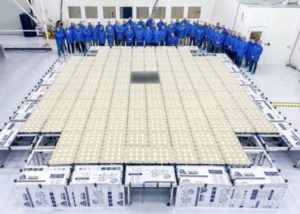
Last year (read our coverage) SpaceMobile used this test satellite to demonstrate voice and video calls over 4G and 5G signals, directly to unmodified existing phones.
Having demonstrated the technology works - SpaceMobile now needs to line up the customers and funding to actually deploy enough commercial satellites to enable viable 24/7 coverage.
SpaceMobile says it is on track to launch the first five commercial satellites of its constellation in July or August of 2024 - though this is just the start.
It will take somewhere between 45 and 60 SpaceMobile satellites (out of an ultimate planned total of 243) in orbit before SpaceMobile can offer 24/7 coverage of the continental United States.
No matter how much investment SpaceMobile gets - building and deploying this many satellites will take a while.
Just how aggressive SpaceMobile's launch campaign will be remains to be seen.
It is possible that SpaceMobile will be able to offer limited service (for example - just text messaging) later in 2024 - but no details have been revealed yet.
SpaceMobile's Partnerships & Spectrum
SpaceMobile does not own any cellular spectrum licenses of its own, and to operate it must partner with traditional carriers - using a slice of that carrier's spectrum broadcasting from orbit instead of a cell tower.
To date - SpaceMobile has signed up 45 carriers around the world - including Bell in Canada, and AT&T and now Verizon in the USA.
AT&T and Verizon are both granting SpaceMobile access to neighboring slices 850 MHz band 5 spectrum.
Verizon had previously tried to derail SpaceMobile's FCC license request to use this band based on a fear of interference - but now that AT&T and Verizon are working together it seems likely that the FCC will get on board too and will soon grant SpaceMobile a license for commercial (and not just experimental) service.
AT&T has also been testing 700 MHz FirstNet (band 14) with SpaceMobile, and it is possible that SpaceMobile satellites may be able to broadcast on other additional cellular bands in the future too.
FirstNet cellular devices are capable of stronger uplink signals - which theoretically might enable faster uploads over SpaceMobile on FirstNet once this service is proven out.
Don’t Expect Broadband Speeds, Or Free Service
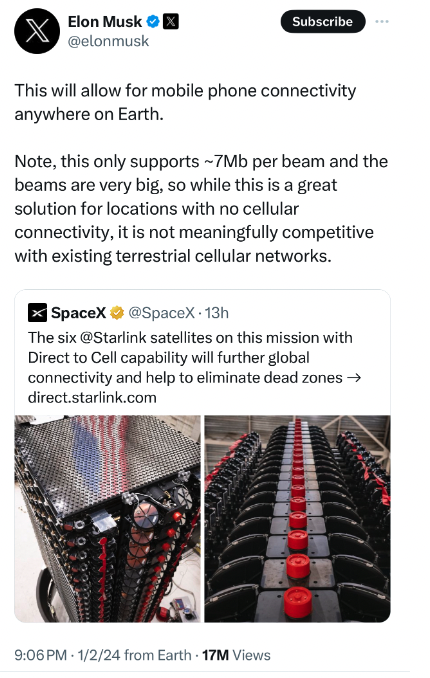
Especially at first - satellite direct to cellular service will be extremely limited.
SpaceMobile claims to have already demonstrated data connections pushing 14 Mbps download from a satellite to a standard phone over a 5 MHz channel, and that the ultimate capability of its satellites will be a 40 MHz bandwidth signal (per beam), capable of speeds up to 120 Mbps.
This is substantially higher speeds than T-Mobile and SpaceX are initially pursuing.
But even if SpaceMobile achieves an ultimate peak theoretical speed of 120 Mbps - these speeds will be just a fraction of what is possible for an individual user when there are multiple users sharing the satellite's beam.
Satellites can't defy the laws of physics.
And the bandwidth being devoted to satellite cellular coverage is just a tiny sliver of what a typical terrestrial cell tower is broadcasting.
Satellite service is meant to fill in the gaps where cellular towers can not reach, not to replace them entirely.
In other words - customers should not expect broadband speeds from satellite to cellular any time soon.
Direct To Cellular Pricing
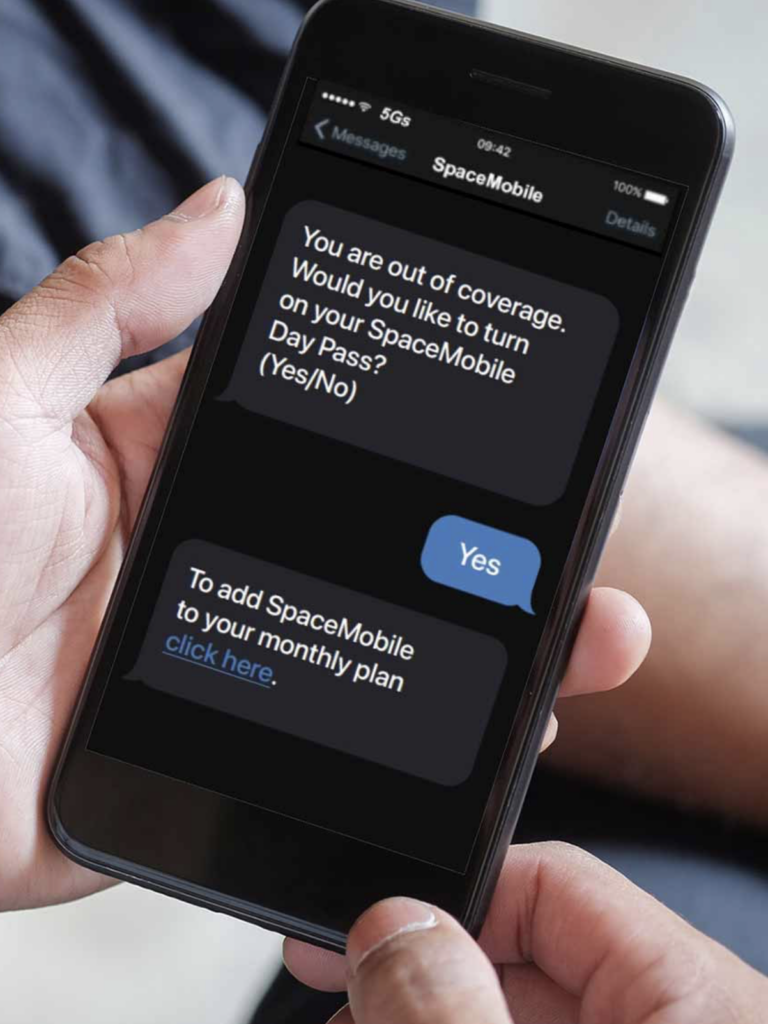
And customers also should not expect that satellite service will be free either.
Some carriers may choose to offer satellite direct to cell capability as a feature included with premium plans, and others may charge pay-per-use.
It remains to be seen what sort of pricing customers will be most enticed by - and the actual pricing that rolls out will likely depend a lot on competitive pressures as the carriers and satellite providers push to commercialize this new technology to see what sort of pricing the market will bear.
Especially when the service is new and capacity constrained - the carriers will likely be motivated to discourage heavy usage of easily overloaded satellite connections.
But hopefully the competitive race shaping up between the big three carriers will lead to some exciting consumer offerings.
Concluding Thoughts
AT&T has been SpaceMobile's primary development partner since 2018 - and Verizon would not have been allowed to join in without AT&T's blessing.
And AT&T's Head of Network Chris Sambar gave it, in a statement shared with satellite industry analysts:
“AST SpaceMobile’s news today reinforces the shared commitment to providing nationwide space-based broadband direct to everyday cell phones. Together with AST SpaceMobile we have agreed to welcome another mobile operator in the U.S. to bring in more spectrum and more coverage to create an even better solution and enhance service capabilities. With AST and the other partners around the globe we are shaping the future of connectivity for all.”
Meanwhile - T-Mobile and Starlink have been busy launching Starlink V2-Mini satellites with direct-to-cell service piggybacking on board.
This service is (at least at first) much less capable than what SpaceMobile claims to be building - but it is already way ahead in beginning to be deployed in orbit.
SpaceX has claimed it is on track to begin commercially enabling text-messaging level service to T-Mobile customers later in 2024.
Will SpaceMobile be able to catch up, and potentially jump ahead with service that goes beyond just text messaging?
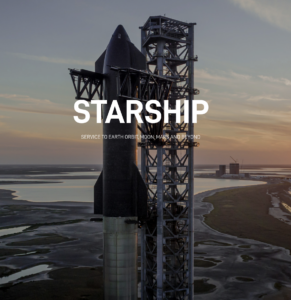
Keep in mind - SpaceX has a huge advantage in being able to use its own Dragon rockets to launch Starlink with, and this has enabled SpaceX to launch Starlink satellites at an absolutely unprecedented pace.
The big thing SpaceX is waiting for to take its own service to the next level is the full-size Starlink V2 satellites that will require the still-in-development SpaceX Starship to launch.
Meanwhile, AST SpaceMobile has essentially no choice but to buy launch services from SpaceX to get SpaceMobile into orbit. Will SpaceMobile be able to raise the funding it needs to pull this off?
And as always - we wonder what's up with Amazon's Project Kuiper...
At one point Verizon announced a deal to use Amazon's future Kuiper satellites as backhaul for remote 5G cellular towers, and some analysts expected this might eventually evolve to a partnership around direct-to-cell service via Kuiper as well.
But with Verizon now embracing SpaceMobile - this future potential seems a lot less likely.
And with all the big three carriers spoken for - the other leading satellite direct to cell startup, Lynk, looks likely to be closed out of the US market entirely now.
The other big unknown - what is coming next for Apple's already shipping satellite connectivity capability that has been included on all new iPhone models since 2022's iPhone 14? Does Apple have plans to move beyond just emergency messaging?
The one thing that is for certain - there are interesting times ahead.
And dead zones - their days are numbered.
Further Reading
- Mobile Satellite Internet for RVers & Boaters – Early 2024 Update: Starlink, Kuiper, Direct To Cellular, and Beyond! - Our deep dive into the the state of the satellite internet world.
- Mobile Satellite Internet Options -
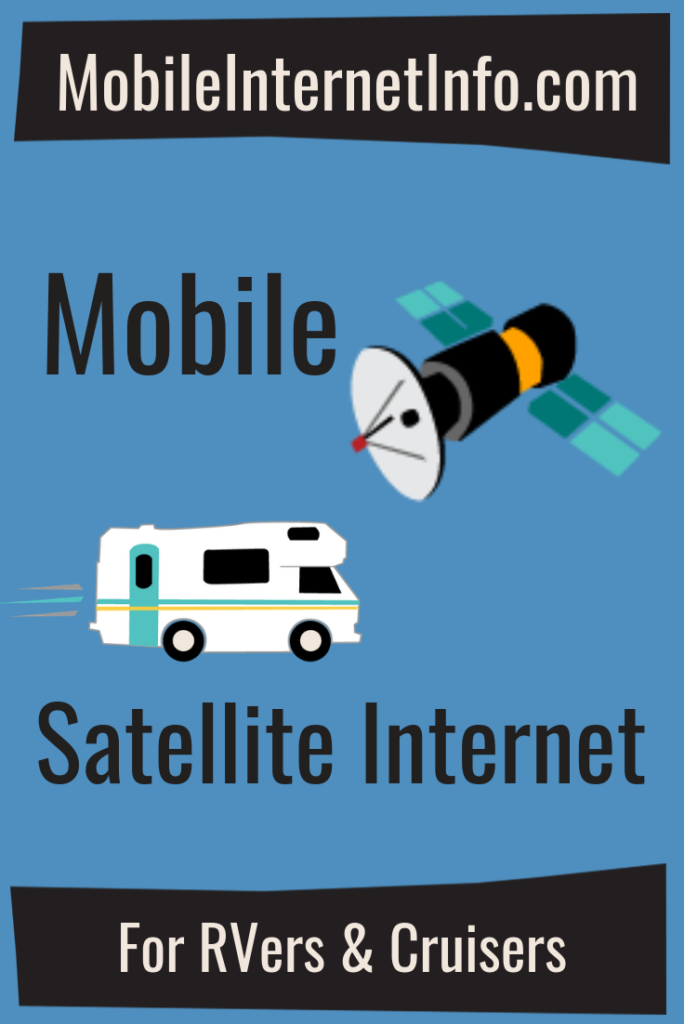 Our featured guide on all the current and future satellite internet options of interest to RVers and cruisers.
Our featured guide on all the current and future satellite internet options of interest to RVers and cruisers. - All our our Satellite Internet Resources - Our collection of guides, gear center entries and news coverage on satellite internet.
And here is all of our recent satellite internet coverage:
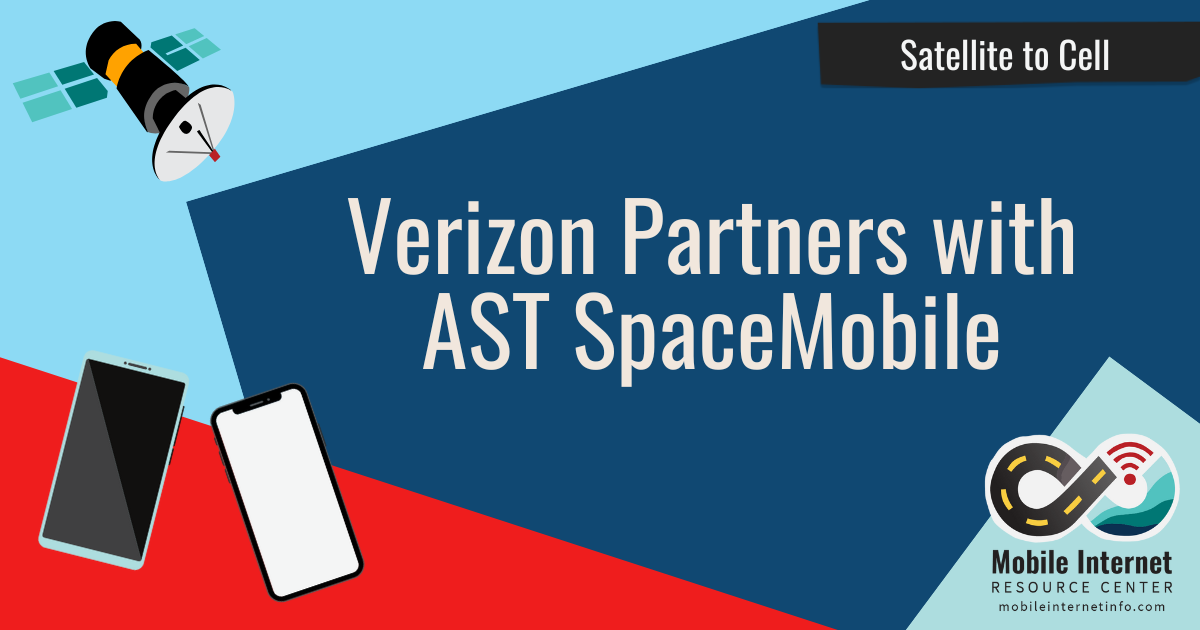







 Mobile Internet Resource Center (dba Two Steps Beyond LLC) is founded by Chris & Cherie of
Mobile Internet Resource Center (dba Two Steps Beyond LLC) is founded by Chris & Cherie of